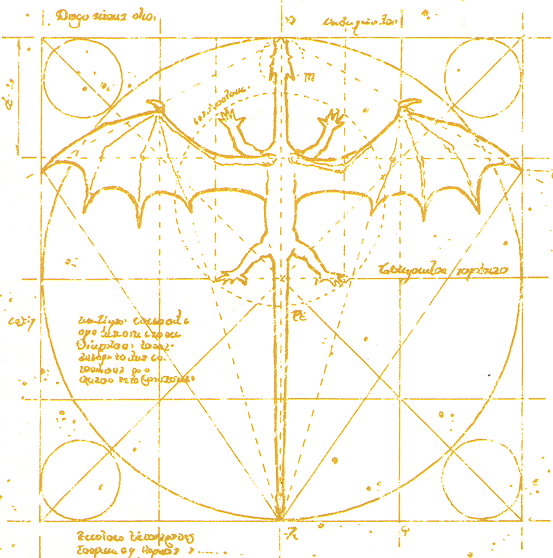The Native Americans had a more sophisticated view of consciousness. According to the mythology of the scattered tribes, everything was conscious, animals, insects, rocks, water, earth, and sky. All creation was a living, breathing conscious being, not inert, dead, or mechanical.
The doctrine that material objects possess some type of consciousness is known as panpsychism. Storytellers have explored the idea for millennia and now scientists are weighing in on the question. Could the universe be alive and possess a type of proto-conscious awareness?
According to Gregory Matloff, Ph.D., Professor of Physics, the answer is yes.
Matloff has worked as a propulsion scientist for NASA, and an emeritus associate and adjunct associate professor of physics at New York City College of Technology. Inspired by the philosopher and science-fiction author Olaf Stapledon whose novel, Star Maker (published in 1937) explored the concept of a consciously aware universe, Matloff wondered whether that concept could be proven. In a paper titled, Can Panpsychism Become an Observational Science? Matloff suggested a way to prove that the universe possesses proto-awareness, stating that “the universe is in some sense conscious and that a portion of the stellar motion is volitional.”
How does Matloff propose to prove such a theory? He points out the curious phenomenon in observed stellar orbiting temperatures called Parenago’s Discontinuity; cooler stars move faster around the galactic center than hotter stars. Although dark matter has been suggested as a possible solution for this observed behavior, Matloff proposes that momentum and velocity data may be a way to prove that stars are affecting matter —consciously. The theory involves the curious behavior of young stars who have a tendency to shoot plasma in a particular direction, which increases their momentum. Why would these cooler stars release jets of plasma? Matloff theorizes that if the stars are cool enough to contain molecules, they may generate consciousness.
Matloff is not the only scientist who has toyed with the idea. Freeman Dyson, a theoretical physicist who was also a devotee of Olaf Stapleton, created a famous thought experiment inspired by the same novel, Star Maker. Olaf Stapleton had written that “every solar system… surrounded by a gauze of light traps, which focused the escaping solar energy for intelligent use.” Dyson took this idea and ran with it. In his 1960 paper Search for Artificial Stellar Sources of Infrared Radiation, Dyson proposed that in order to fulfill their growing energy needs, a megastructure could be built around a star to capture its power output— the Dyson Sphere, stating that “If extraterrestrial intelligent beings exist and have reached a high level of technical development, one byproduct of their energy metabolism is likely to be the large-scale conversion of starlight into far-infrared radiation.”
This theory recently lit up the Internet as a possible explanation for some of Kepler’s more curious observations, like the strange fluctuations in light output found in Tabby’s Star.
Dyson embraced panpsychism as part of his elaborate personal theology of consciousness in the universe, stating that “The universe shows evidence of the operations of mind on three levels. The first level is elementary physical processes, as we see them when we study atoms in the laboratory. The second level is our direct human experience of our own consciousness. The third level is the universe as a whole.”
Maybe stars are not dumb brutes of fire, but possess a conscious awareness capable of interacting with the molecular matter of existence. Maybe humanity should consider the universe in all her wonder as a living being.













Amy: Your website is fascinating. I’m working on a retelling of the Norse myths with a heavy dose of panpsychism. Any mention of Olaf Stapledon intrigues me–can anywhere but England produce someone like him? I don’t have a website but I’m on LinkedIn.
I love the Norse Myths… Looking forward to your book. What an intriguing description.
Interesting how the Universe and its Galaxies greatly resembles a human brain and its Neuronal Cells!
The Egyptians believed that they became a Star 🌟 and spent their entire lives preparing for Death.
Sun of God? Sunday not Sonday?
Theoretical Physicists believed that Subatomic Particles like Quarks and Electrons made up the Universe. Now they know it is made of Information! Atomic Weight, Mass, Electron Spin…
Wave Vs Particle Duality means a Universe of Possibilities! Great Article 👍. We are just beginning to SEE the Big Picture. TY Amy!
Very interesting! I wonder how their conciousness compares to that of humans?
Maybe they dream of you, Haley 🙂